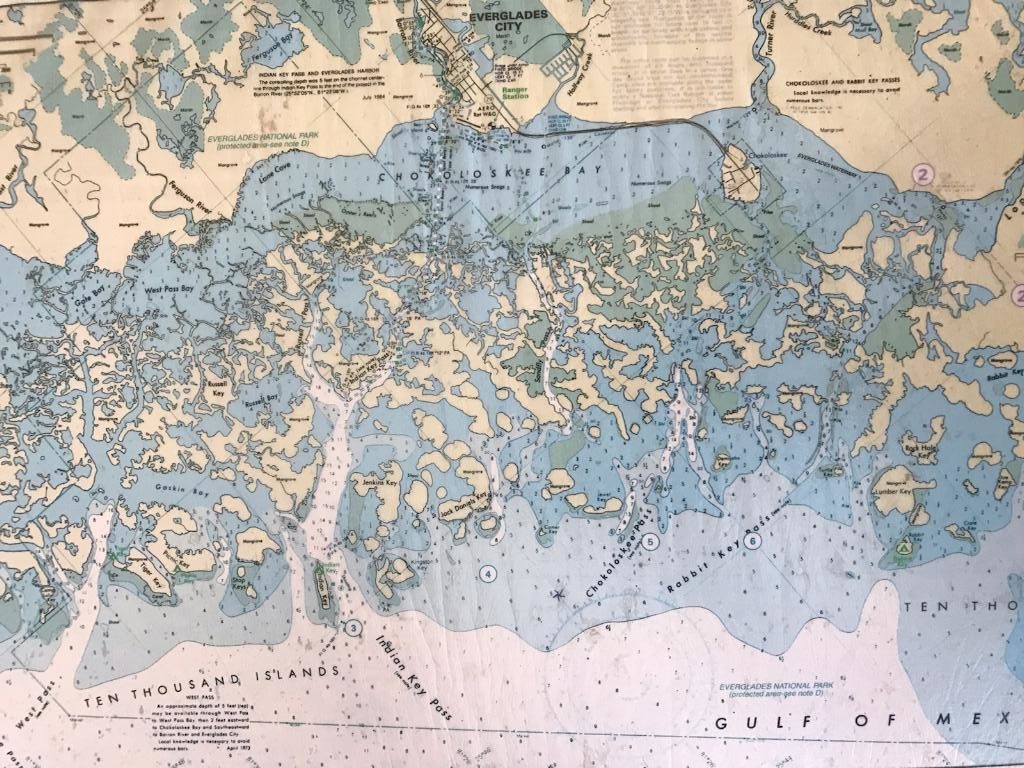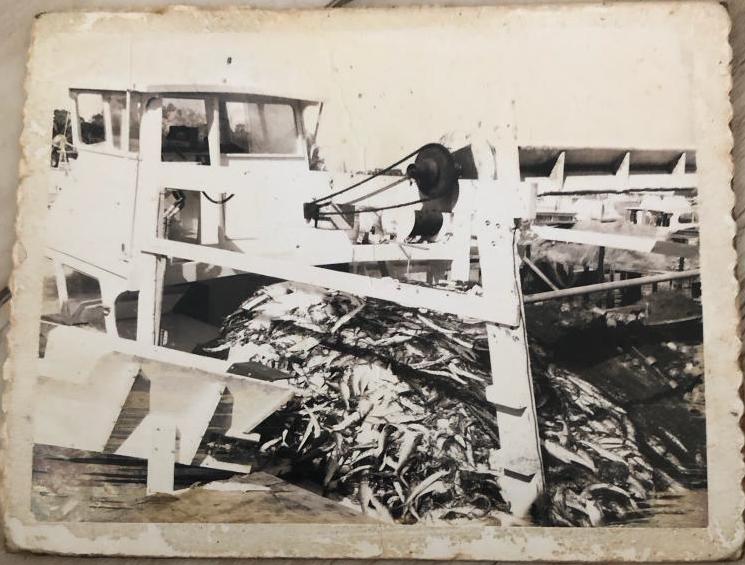By Barbara Tyner Hall

Florida’s southwestern coast is made up of a group of mangrove keys known as the Ten Thousand Islands. Chokoloskee Island and Everglades City are located eighty miles west of Miami just off of the Tamiami Trail This is the western gateway to the Everglades National Park. Chokoloskee is one of the largest shell mound islands said to be built by the Calusa Indians or some other early settlers.
In the early years of Chokoloskee, the only way to trade or communicate with the outside world was by sailboat to Key West. The first settlers only had a few choices on what they could do to make a living. They hunted and fished. There was an abundance of fish at that time and mullet was one of the fish of choice.
One of the first families to settle on the island called, Chokoloskee Florida, in the mid-eighteen hundreds. These families were of native ancestry, and therefore, they were loyal and took care of each other first. They lived off the land and nourished their families through both illegal and legal hunting and fishing practices. Yet, getting food from the land was no problem, especially for the local hunters. The waters were teeming with fish. The Everglades and the outer islands were filled with wildlife from deer, alligators, and the White Ibis; a wading birds locally known as the Chokoloskee chicken. Families hunted, caught, and grew everything they ate. Gardening was a big necessity for them, but they also ate sea turtles and manatees. These known practices supported their families and made a decent living for the people who occupied the land.
This way of life is handed down from generation to generation and the skills are passed down from their elders. Living off the land is what the local people refer to this as. Never take anymore then what was needed to feed the clan or to survive. Everglades was such a primitive place and did not have most of the modern-day conveniences, so the people lived in a harsh environment with not a lot of money that could be earned.
The island was an impoverished area, the people were very poor and proud. Then In 1947 the government came in and started to regulate the area and designate it as a national park. The old ways of the settlers of the otter islands became less and less. The people struggled every day to feed their families and survive. With the new laws, they were limited by our government as to what they could do on the land. Most people were forced from their land and homes without warnings and then their homes were burned so they could not return to them. Everything they owned was lost.
This is the reason they moved into Chokoloskee Island and Everglades City area and now call it home. Now the national park has become ever stricter with their regulations leaving virtually no way for the local people to survive. Living in the last Frontier was challenging from the day-to-day. It took strong men and women to survive in this harsh environment and many didn’t.
People in this area had no cars, homes or way to continue to make a living for their families, with no money to relocate to other cities leaving these families devastated and with no option but to turn to illegal practices. Like moonshine during prohibition, to alligator poaching, and now comes the marijuana smuggling into this distinctive area. Some of the descendants still live in the area to date and they still struggle with the new regulations that seem to change every few years.
Barbara Tyner Hall is a mother of three and an entrepreneur at heart who is eager to show her passion for writing about the Everglades in the great state of Florida. Barbara divides her time between her two favorite states of Texas and Florida where she lives and writes about her experiences in both through her hard work, travels, and imagination. She has a unique talent that can place in the area through her descriptive and compelling style without leaving your home.




No comments yet.